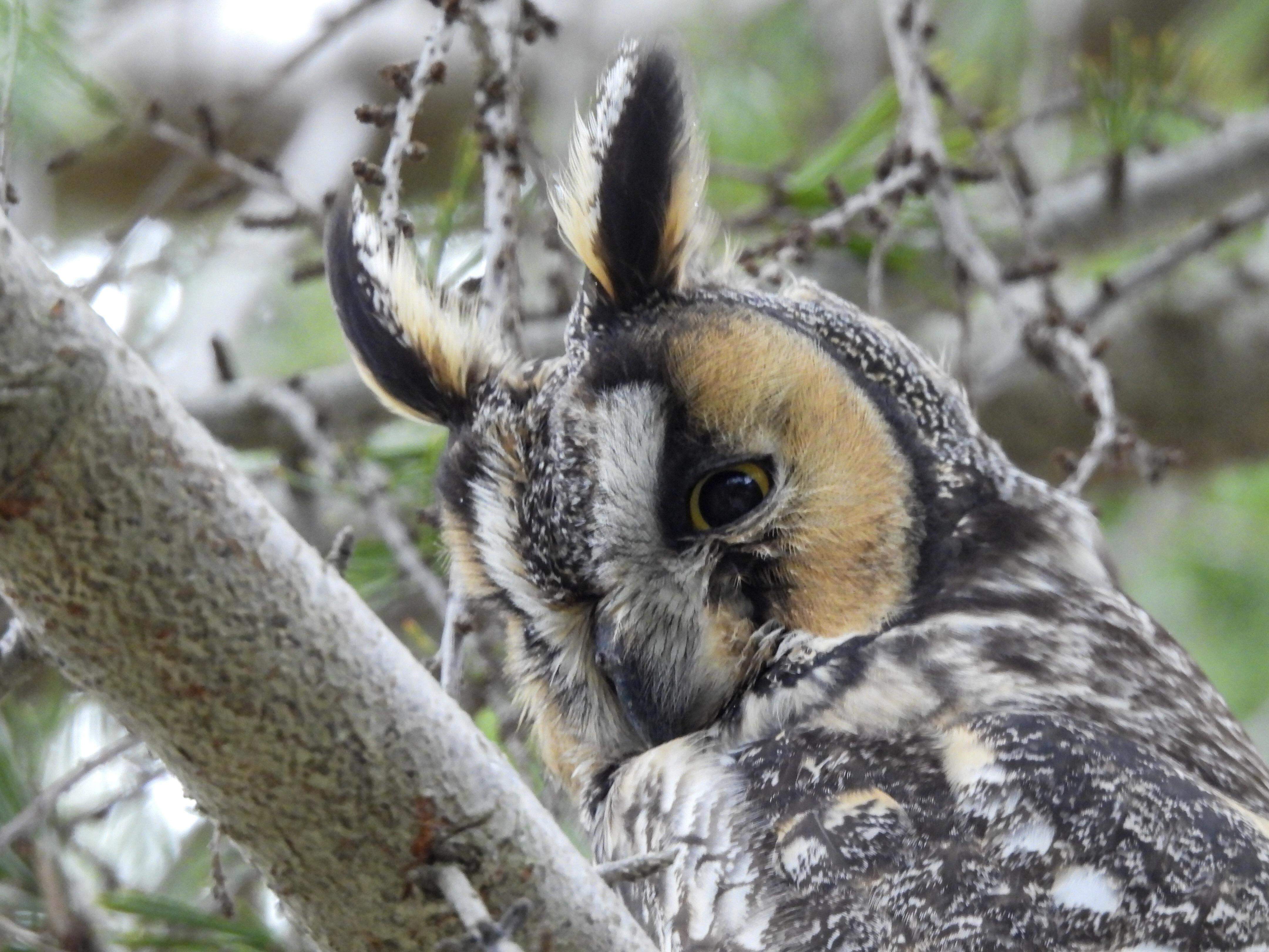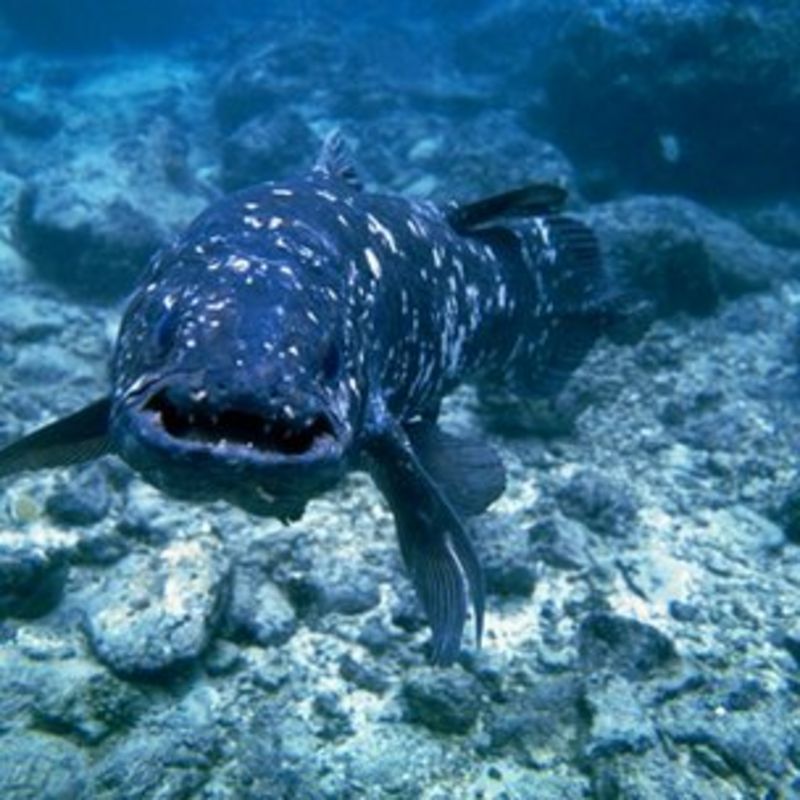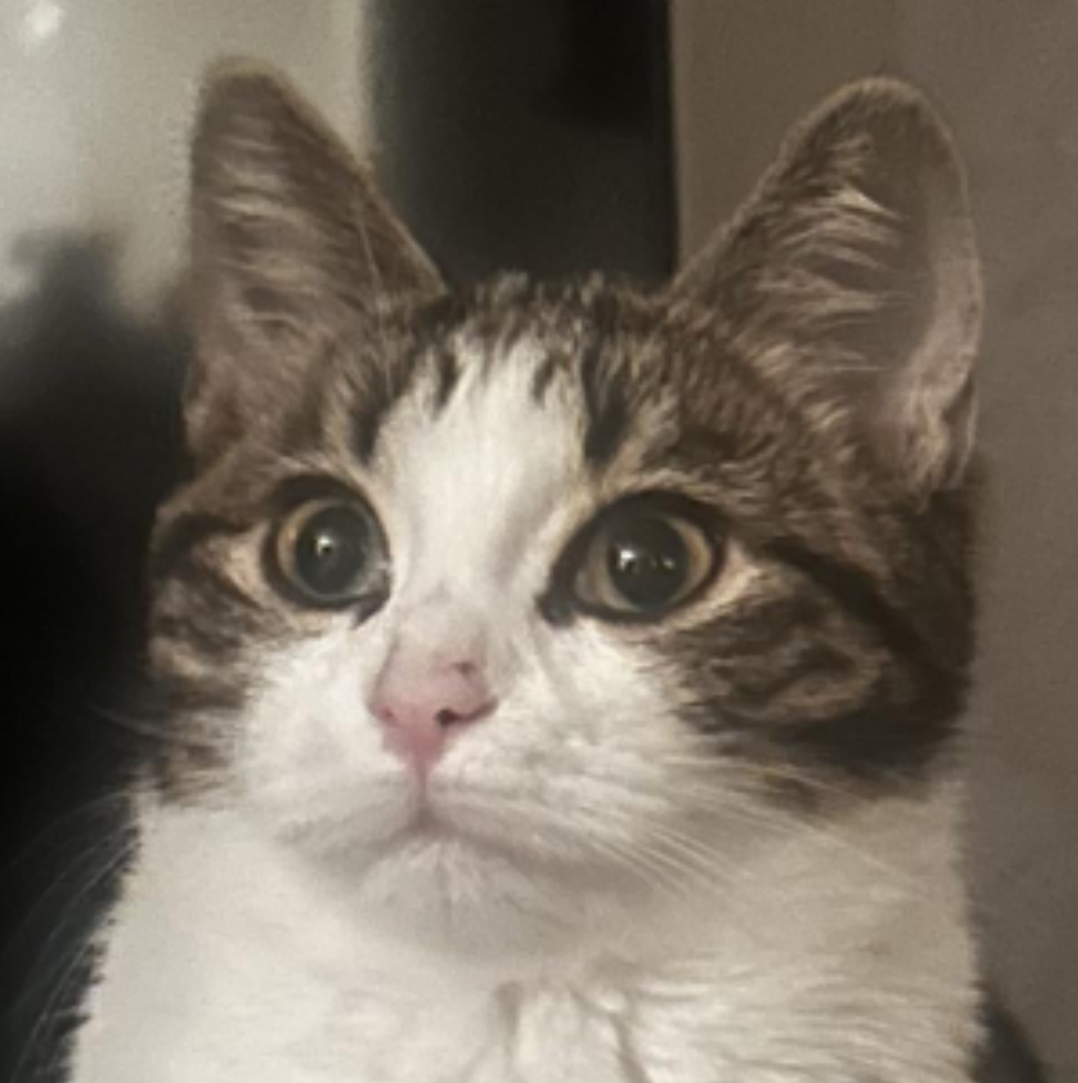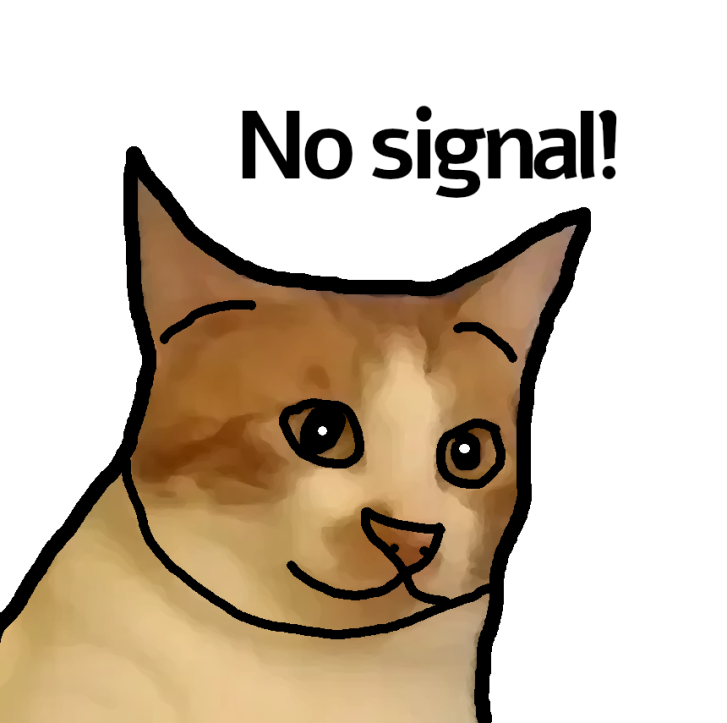- cross-posted to:
- animalswithjobs@lemmy.world
- cross-posted to:
- animalswithjobs@lemmy.world
My brain: this makes no difference whatsoever.
My heart: these dogs are SAVING THE WORLD!
hero dogs
Yeah I don’t think dogs need training for that but ok
Maybe they are trained to run in an expanding grid rather than back and forth in the same area.
The way I assume it works is that the humans walk a trail or in a particular direction and the dogs run out from that trail several hundred metres to the left and right, massively increasing the coverage area.
This breed of doggo is highly intelligent and highly trainable. I don’t know to what extent these ones have been trained but Border Collies can be trained to operate with remarkable precision, basically like they’re remote controlled. Look up any sheep dog trial videos for good examples of the intelligence and precision they are capable of working at. They can both follow complex commands and problem-solve on the fly and even be taught to avoid flagged zones that you could mark as you go, which might be areas with delicate new growth or sections that have been covered already.
Trained to not get rid of the weird thing strapped to their backs immediately, I guess
First up, an article about this: https://www.greenmatters.com/news/2018/02/19/2m3wbf/border-collies-forest
It doesn’t give much more info other than looking at the share scale of the destruction and the speed at which the doggos can cover the terrain! Looking into it a bit further it’s clear that when fires are this intense, they can sterilize the soil, destroying not just the trees/plants but also the seed bank and mycorrhizal networks that help forests regenerate. Plus, by choosing the seeds they spread they can convert areas that were overtaken by introduced species back to native ones. Natural seed dispersal can still happen by wind or wildlife but this can be much slower meaning regrowth is delayed meaning soil erosion can occur. Not all heroes wear capes, some wear leeetle backpacks!
Thank you for the added context (^_^)
Before widespread fire supression, fires in many regions were likely more frequent but less intense.
It makes sense that modern fires might be quite different than the fires these seeds are normally adapted to withstand
It’s an odd thing to do as forests naturally regenerate after fire and you don’t want to mess up the ecology by introducing new species or genetic variants. Definitely cute but odd.
could be helpful in areas where the native seed bank is gone, such as areas formerly built over or used for agriculture.
Probably not an efficient method even then. At least they look pretty happy
Climate change has increased the frequency and intensity of wildfires and decreased populations of seed-spreading and pollinating animals. The forests might be able to regenerate, but not at the rate at which they burn down.
And I’m positive that whoever is doing this makes sure they’re using native seeds.
They probably aren’t actually doing this though - native seeds are a pain in the dick to collect - you’re not going to waste them strapping them to a dog lol
I volunteer at a preserve that has a “farm” for exactly this reason. Native seeds are gathered in the preserve, grown out on the “farm”, and then are harvested and regrown for a few years to build up a seed bank.
At the end the seeds are scattered by volunteers. Dogs aren’t allowed in the preserve (it’s a sensitive habitat) but if they were this might be one of the rare situations it would make sense. There are lots of rattlesnakes though, so even then it wouldnt be safe for the dogs in the right season for the seeds.
The “farm” we have consists of 4 10ft by 20ft raised beds protected from deer by a tall fence. So far it seems to have made a significant long-term improvement in some areas of the preserve (at least as far as ratio of native species to introduced)
Some plant species specifically need fires to reproduce, even. Maybe this isn’t one of those forests
It’d be hilarious if they were carrying mint seeds
You only need one.
I’m glad they specified plant seed or I would have thought it was cum
Cum is the fluid, sperm are the only individual human seeds.
Autism is a spectrum
They took those jobs from birds!!
:D
Seems like a couple of people could’ve done this with no need to train dogs.
Dogs are far more nimble on unstable terrain than humans are.
Sure, but now those people can drink beers while the dogs do this.
And isn’t that beautiful?









